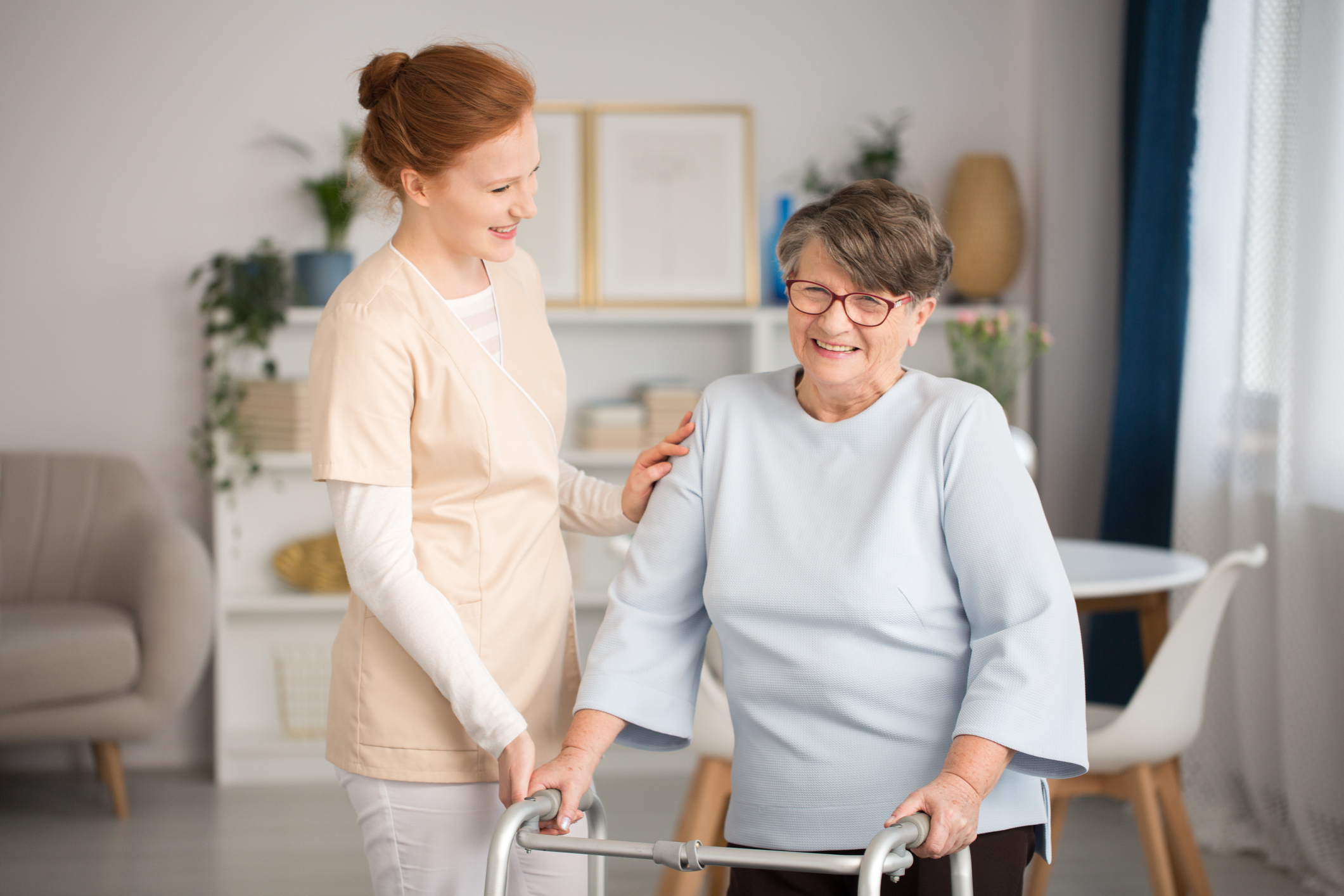
24 Sep Fall Prevention Awareness: How To Reduce Fall Risk
Did you know, according to the CDC, at least 3 million older adults visit the ER for fall-related injuries every year?* Factors such as lower body weakness, difficulty walking, poor balance, and foot pain can all increase a person’s risk of falling but are preventable with proper rehab therapy.
Want to help your patients stay safe and active? Check out these 5 tips to decrease your patients’ chance of falling!
5 Tips to Decrease Fall Risk:
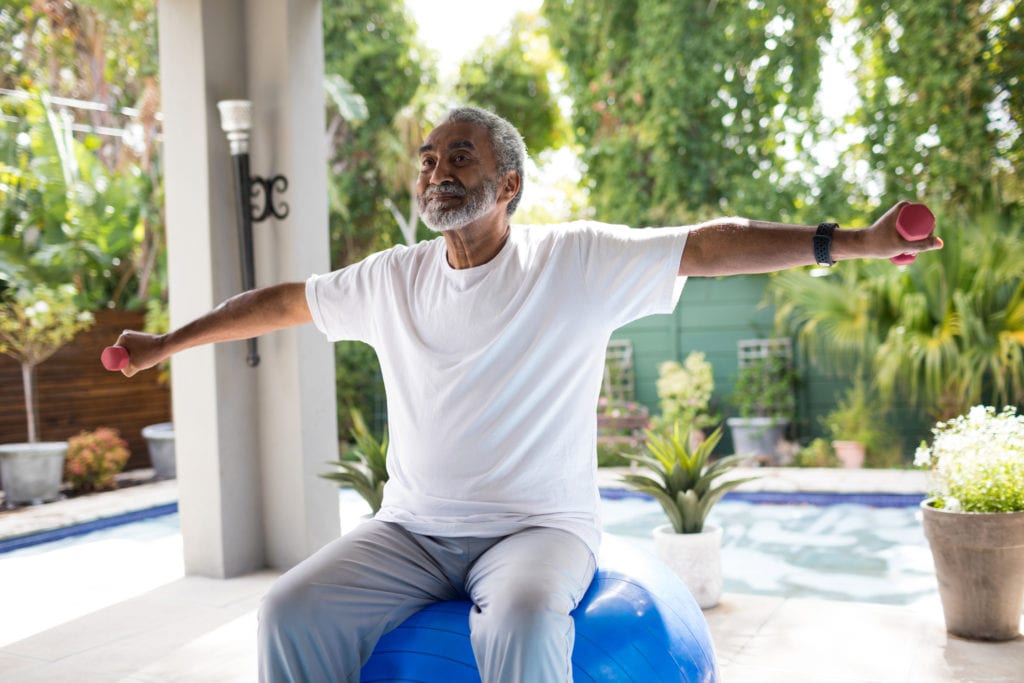
1. Practice Strength and Balance
Strength building programs are key to preventing falls. If a patient’s lower body is weak or in pain, it can negatively affect their balance, leading to a higher risk of falling.
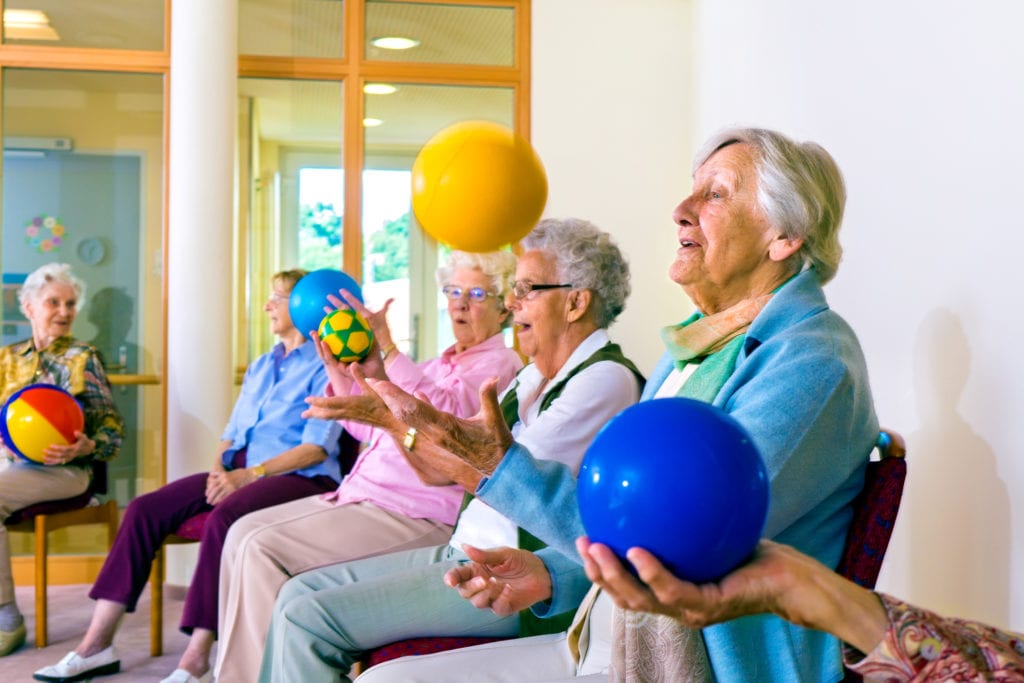
2. Strengthen Spatial Awareness
Many older adults have difficulty performing tasks while remaining mindful of where their body is in relation to other objects or surfaces. This lack of spatial awareness can often result in falls. An effective solution is “dual-task” training or having your patients practice doing two things at once, like walking while talking, standing on one foot while reaching for an item, or moving while holding an item.**

3. Create an Exercise Routine
Physical activity can improve balance, coordination, and flexibility in your patients. Recommend easy workouts, like walking, swimming, or aerobics to promote exercise without increasing an older adult’s risk of injury.
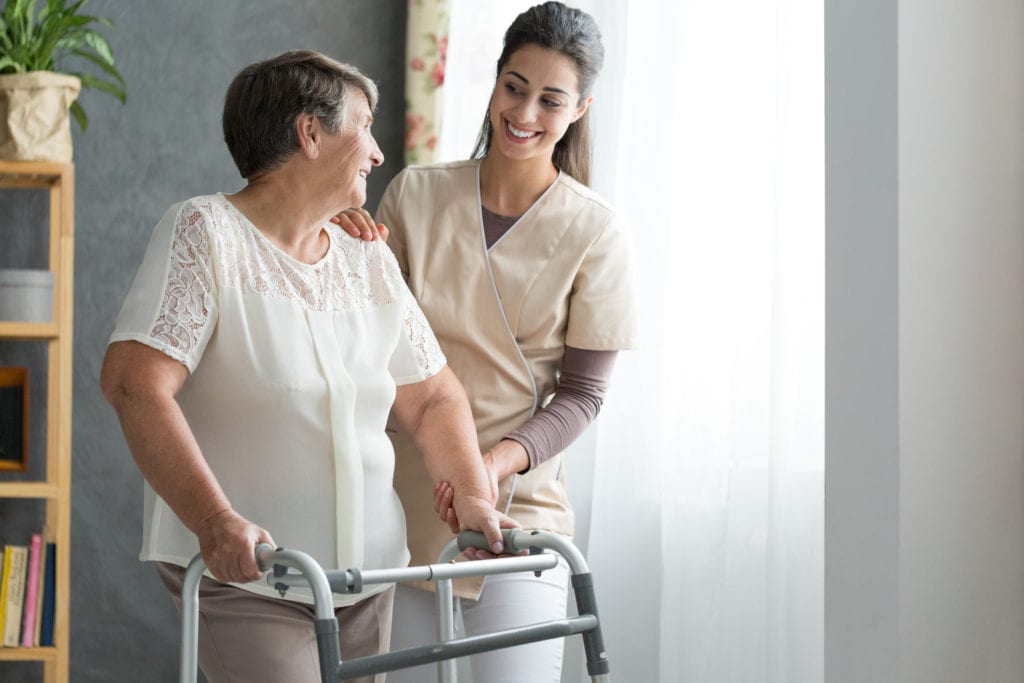
4. Adjust Assistive Devices
Assistive devices like canes and walkers are only helpful when they are the correct height for your patient. Make sure that your patients are comfortable with the height of their device and make adjustments if needed.
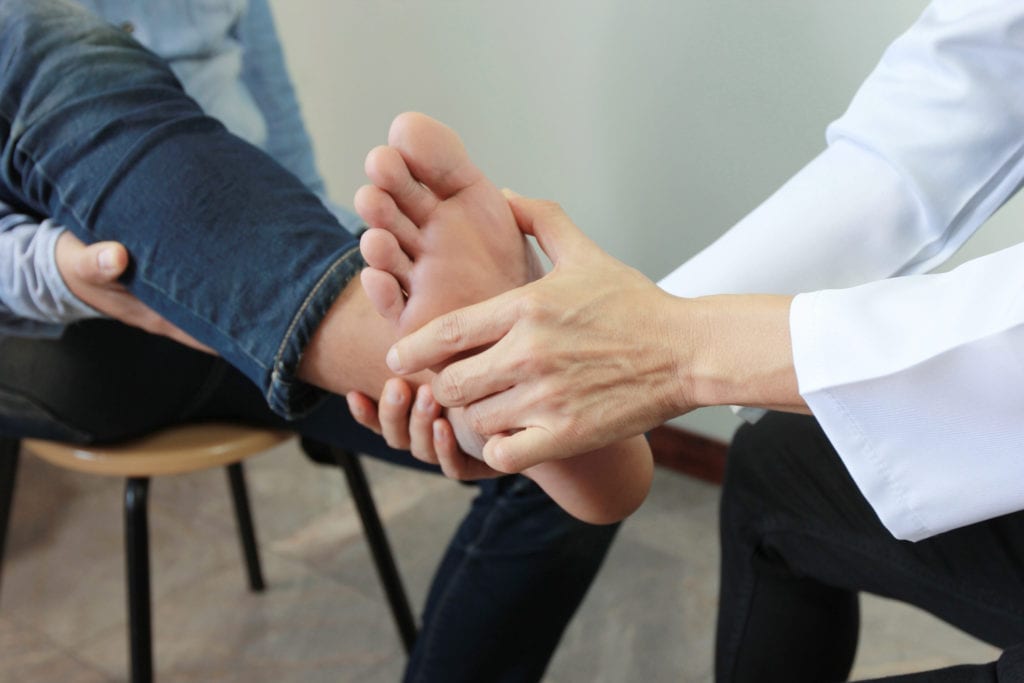
5. Check for Foot Pain
Foot injuries that heal incorrectly can cause pain and poor balance. If your patient has suffered from a foot injury and is still experiencing pain, they likely have developed restricting scar tissue that is interfering with movement and causing pain. Treat these types of patients with a treatment that is proven to eliminate unwanted scar tissue, like Astym therapy. Astym therapy is proven to remove unwanted scar tissue and regenerate healthy soft tissues, effectively eliminating pain and movement restrictions.
Want to join in? Learn more about how you can participate in this year’s FPAD, and download free handouts and infographics to help raise awareness.
Below are a few ways to make your home safer. Simple modifications like marking uneven surfaces, clearing your stairways, and keeping commonly used items in easily accessible places are great ways to take preventative measures in your own home.

—
* Important Facts about Falls. (n.d.). Retrieved from https://www.cdc.gov/homeandrecreationalsafety/falls/adultfalls.html.
** Davey, R. (n.d.). Aging Without Boundaries: Overcoming Physical Challenges. Retrieved from https://seniorsforseniors.ca/aging-without-boundaries-overcoming-physical-challenges.
—
Check out the original article on LinkedIn. Dr. Tom Sevier is a double board-certified physician, consultant, author, medical researcher, and currently serves as Medical Director of the Astym® Program, a rehab program that safely and effectively restores functional movement and eliminates pain, even when other treatments have failed.
To learn more about the Astym Program, sign up to receive clinical newsletters.




